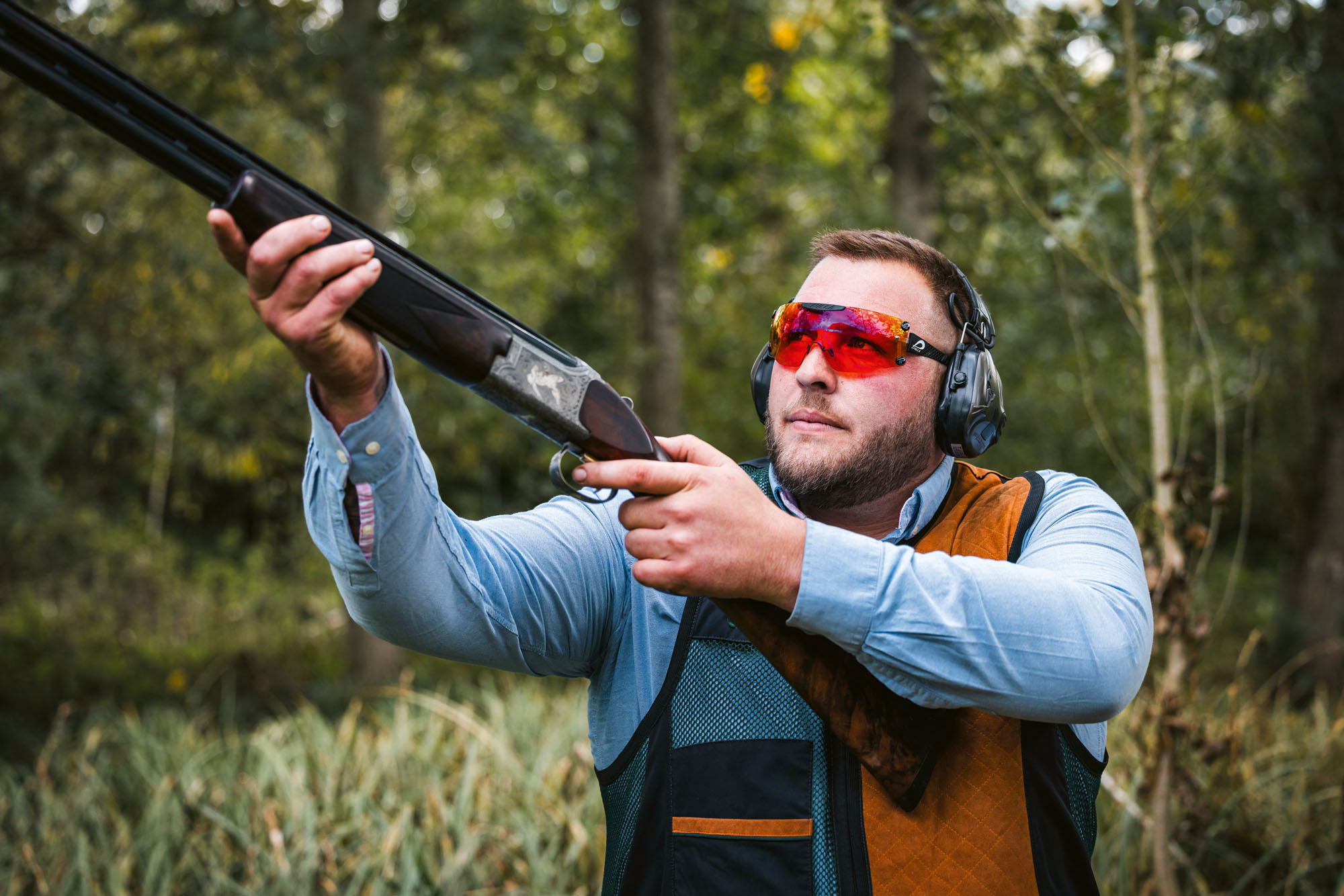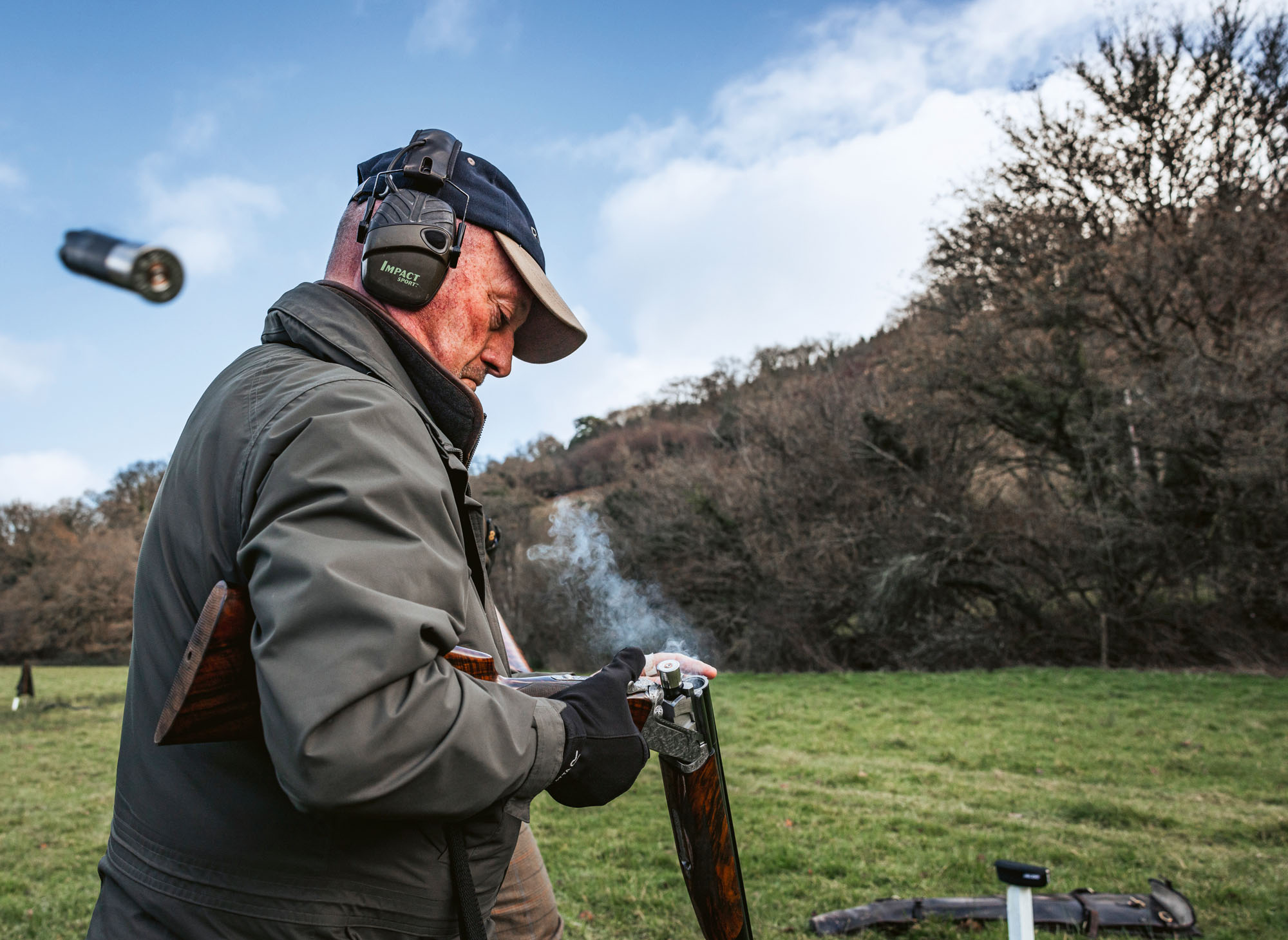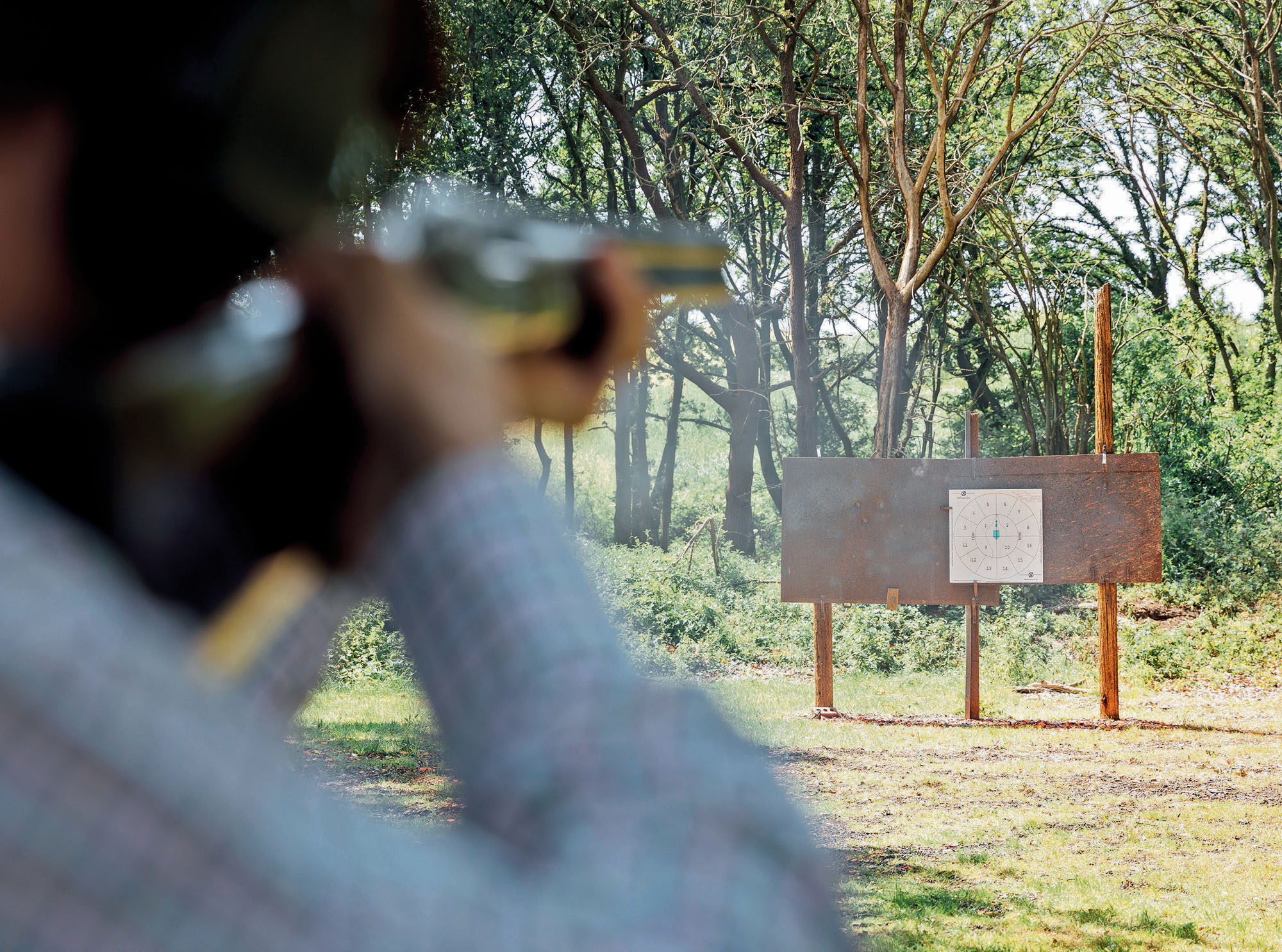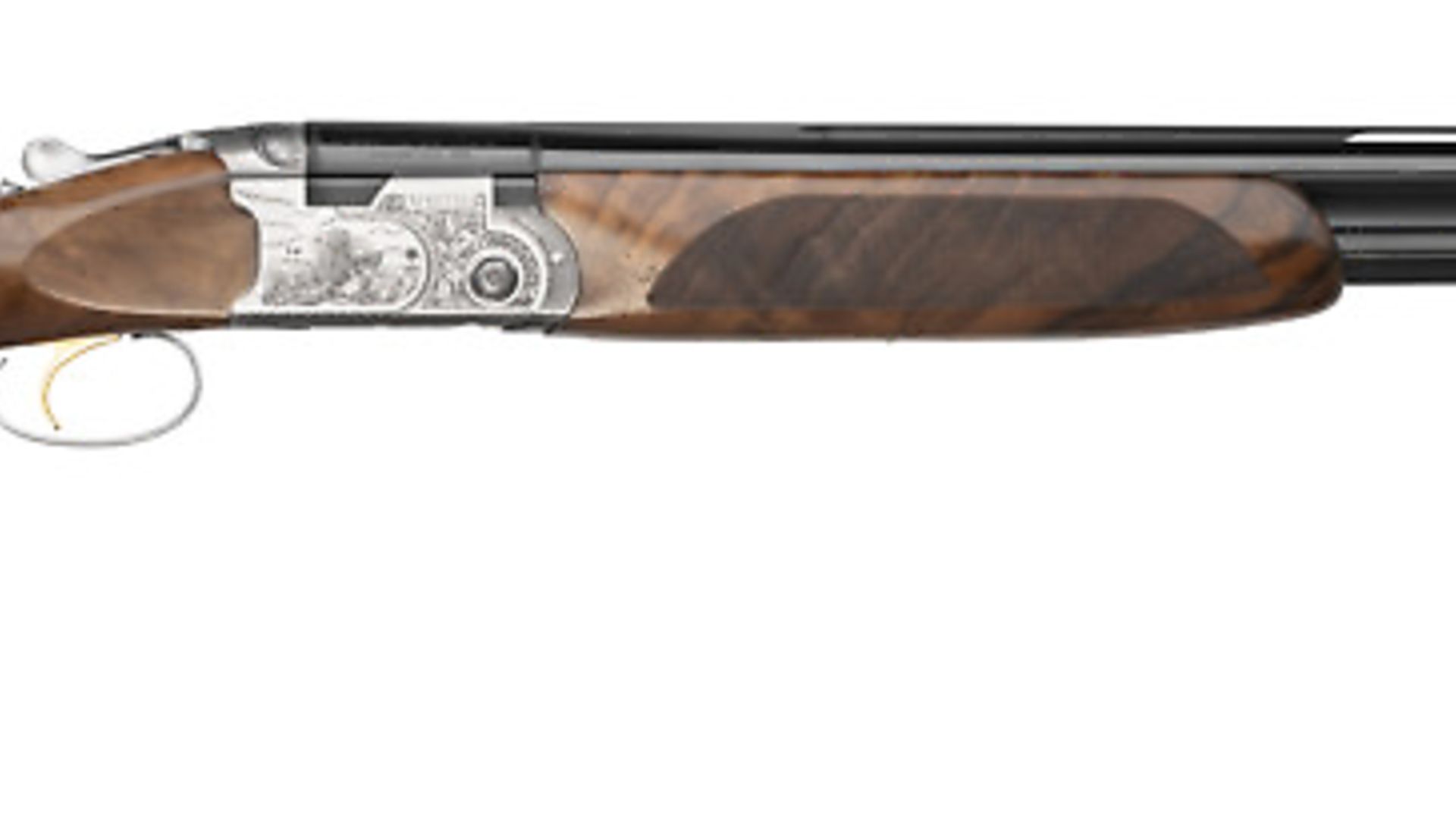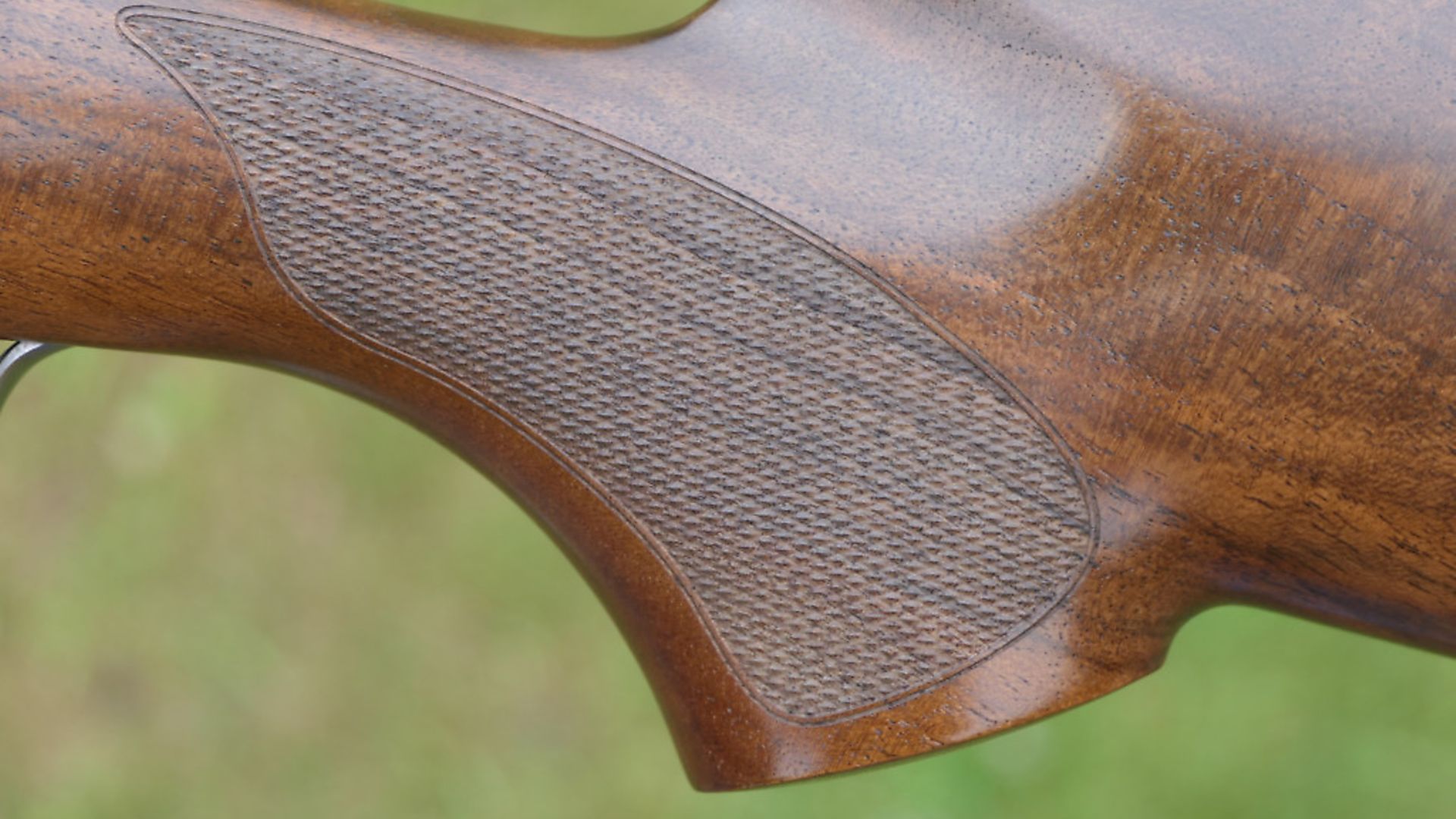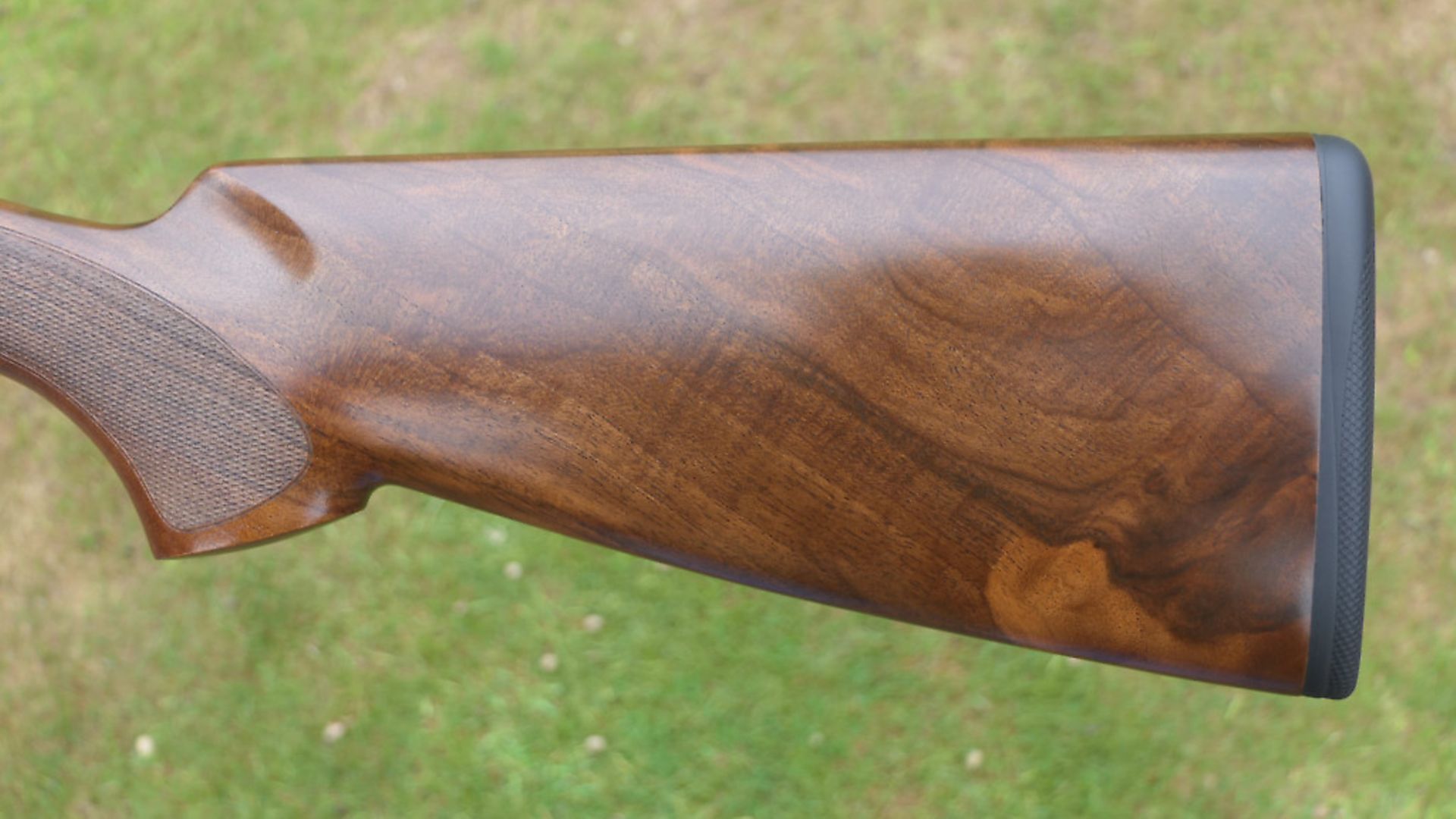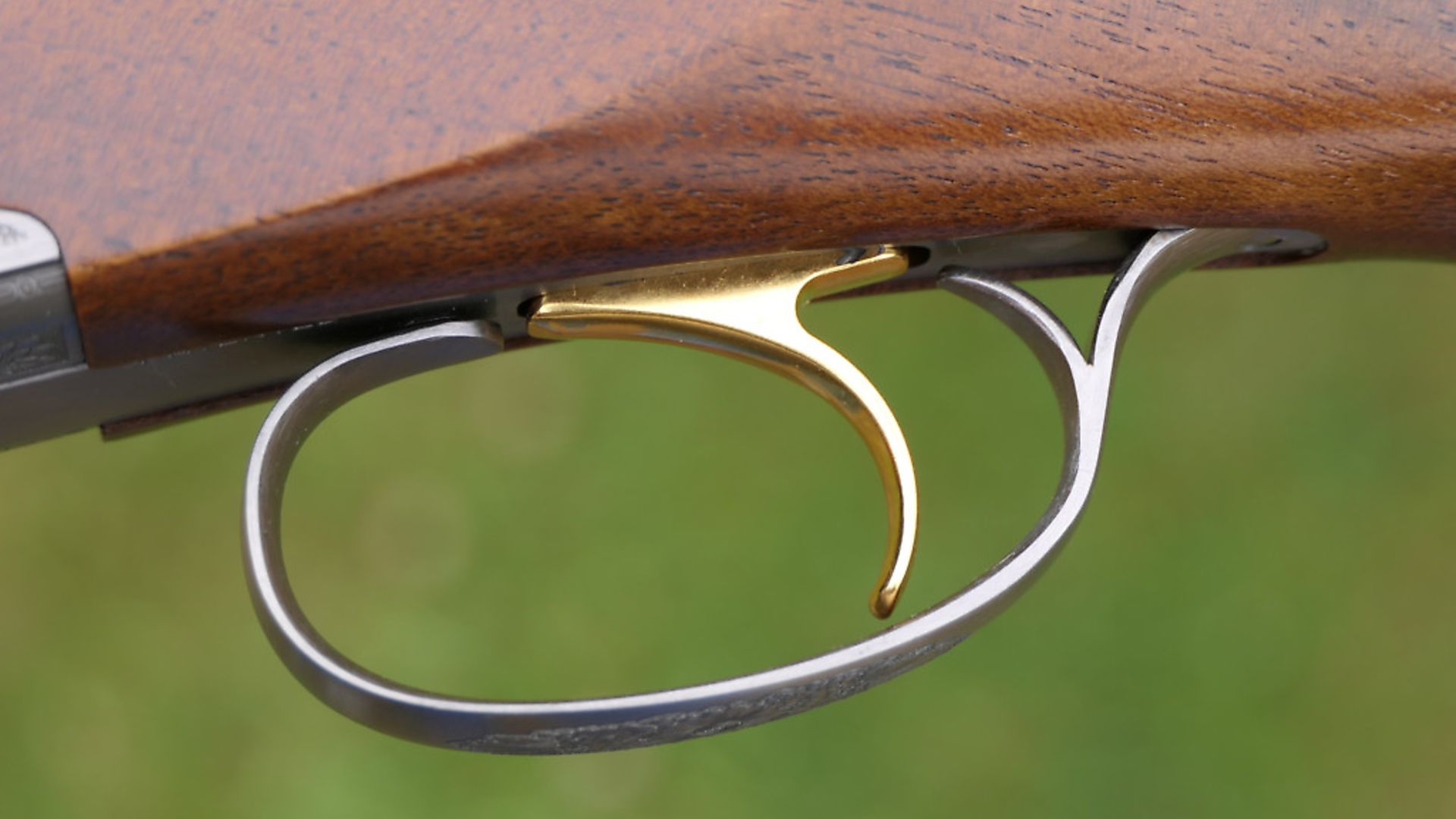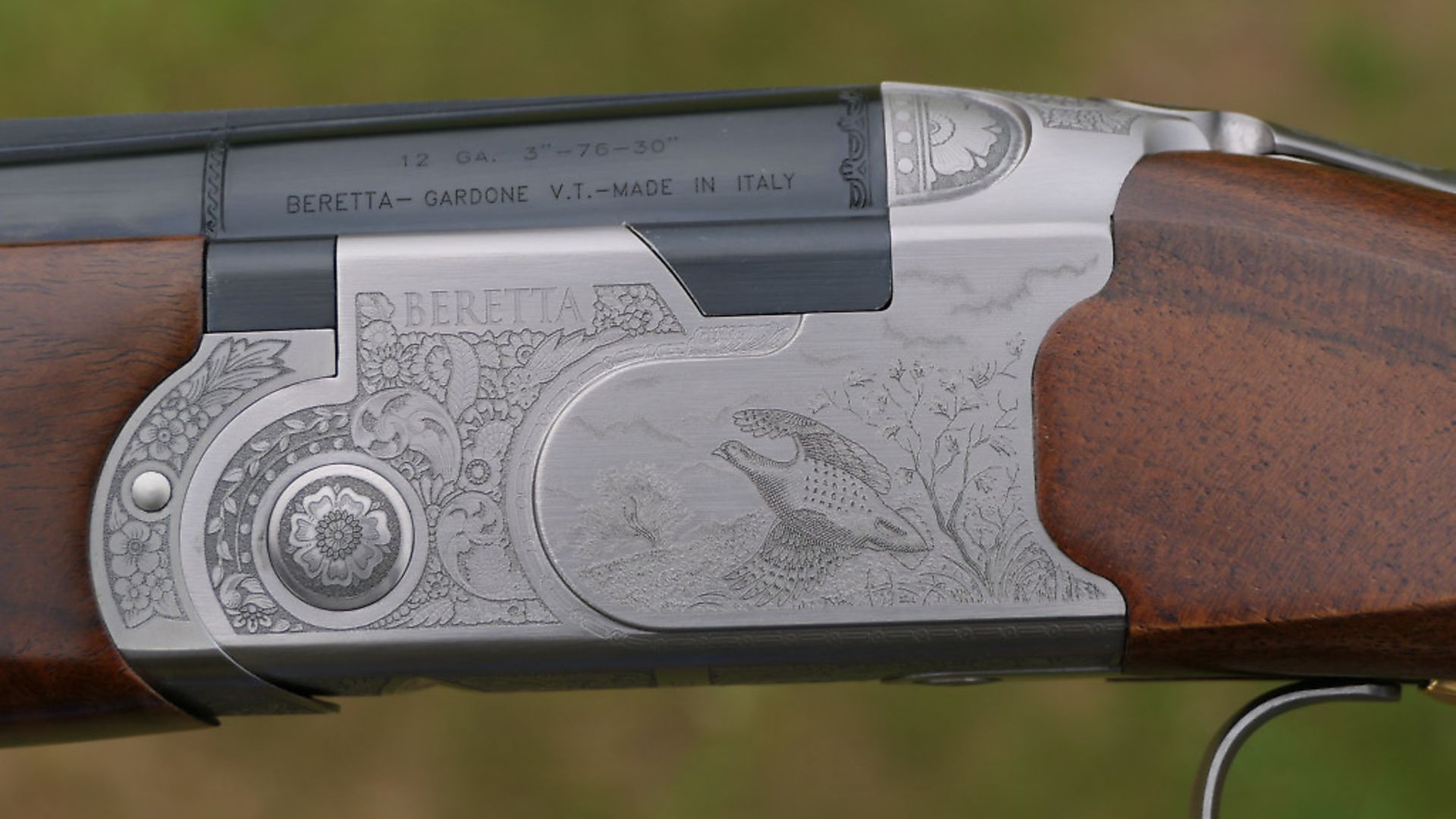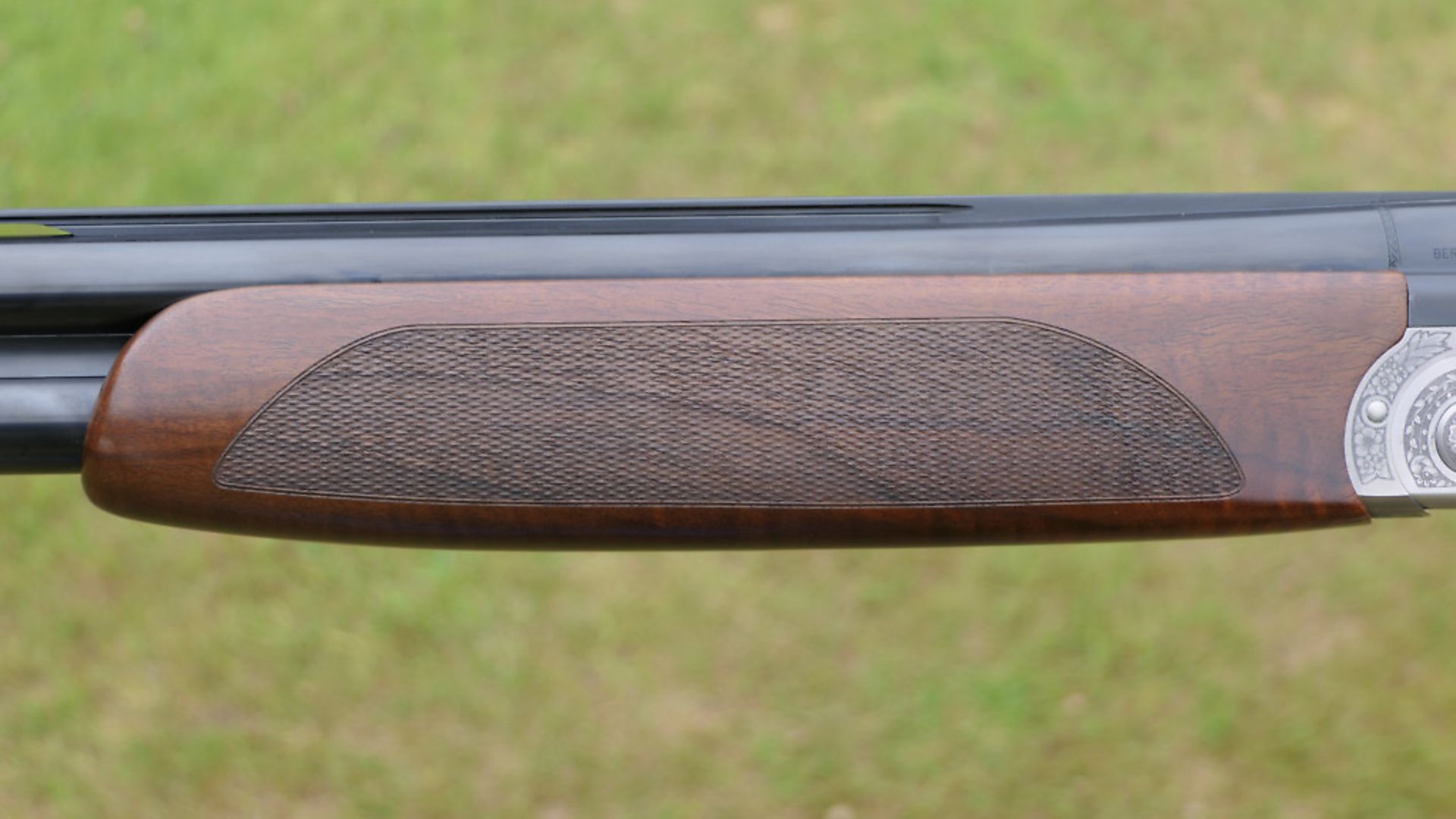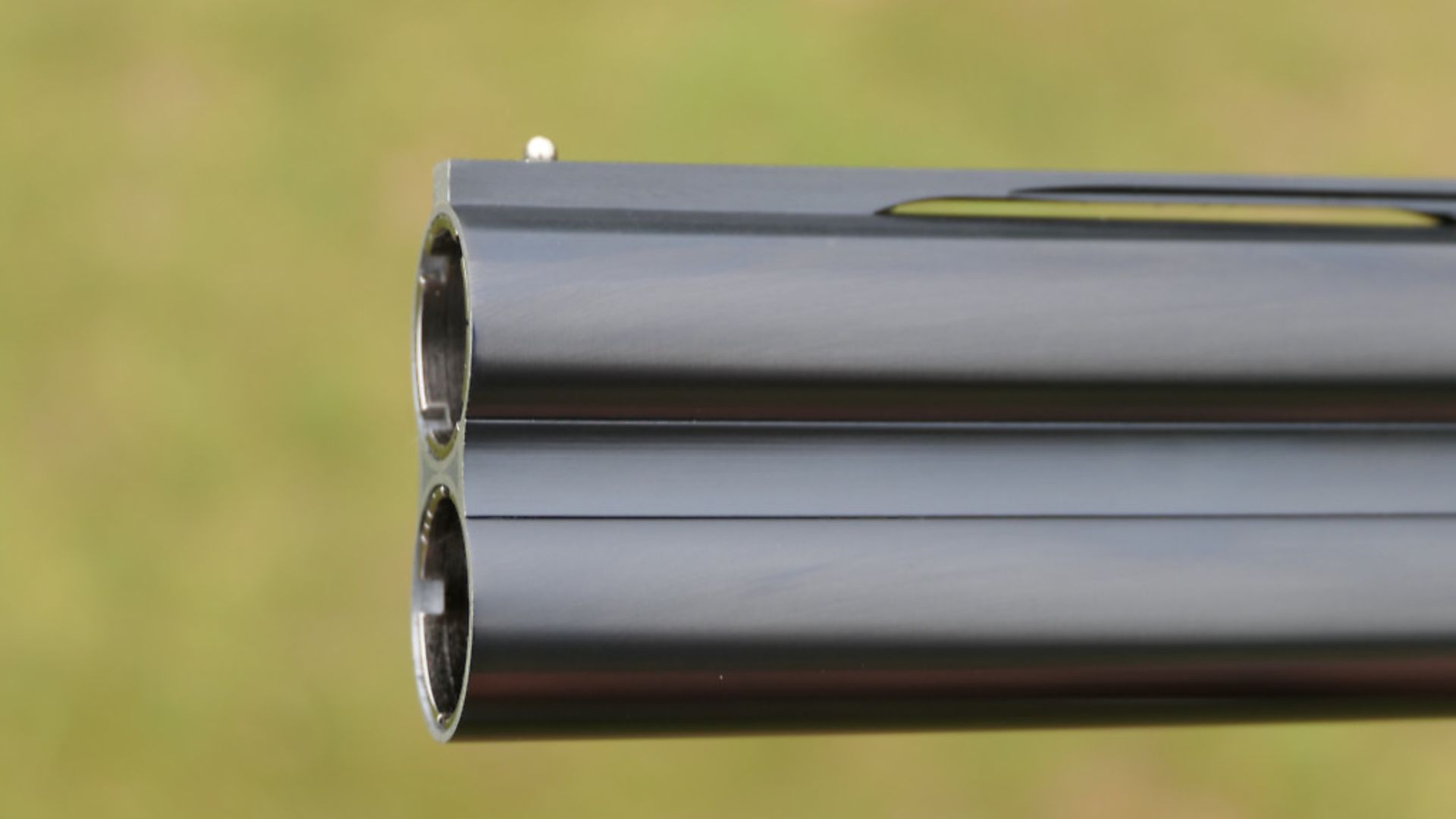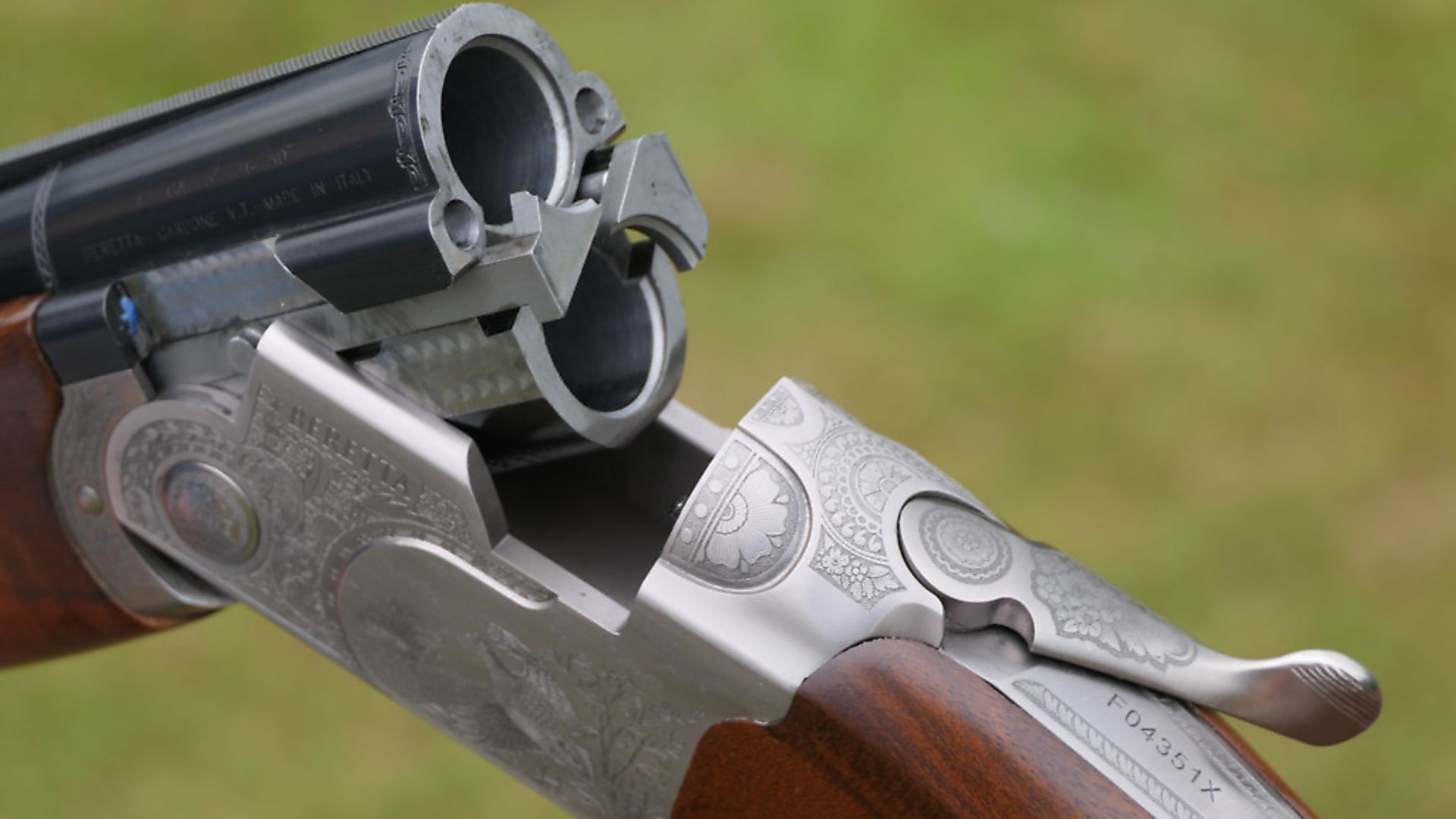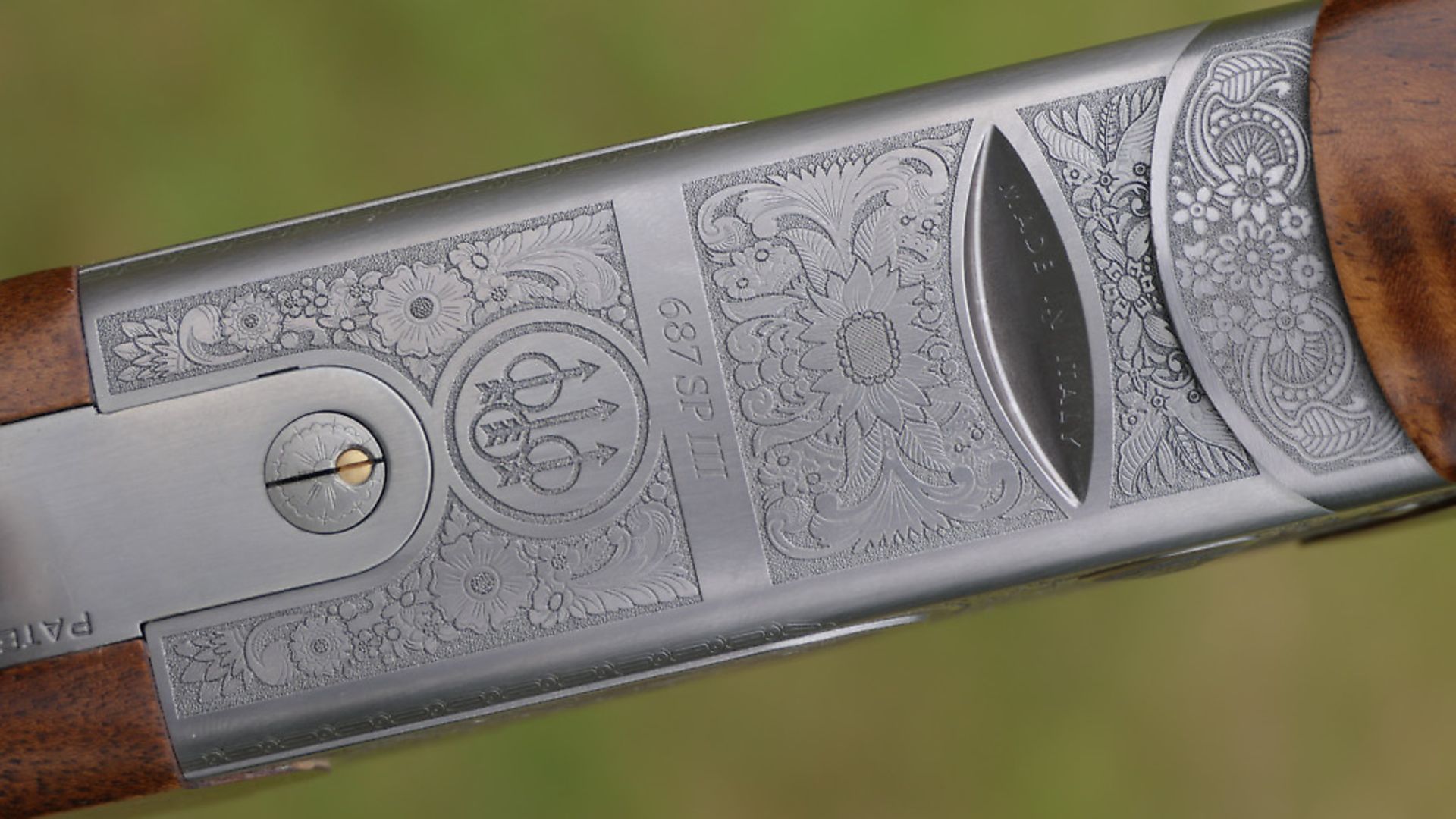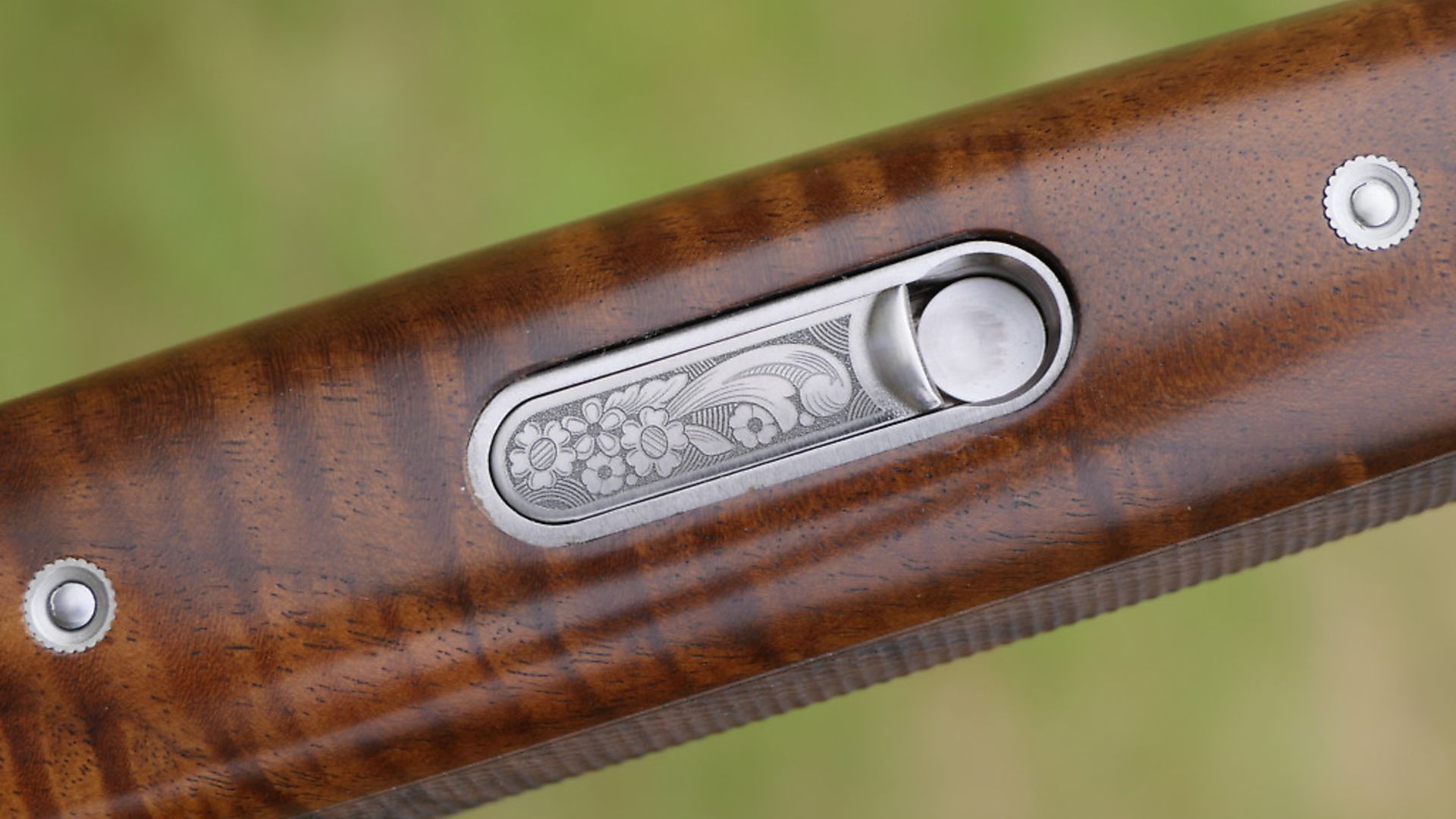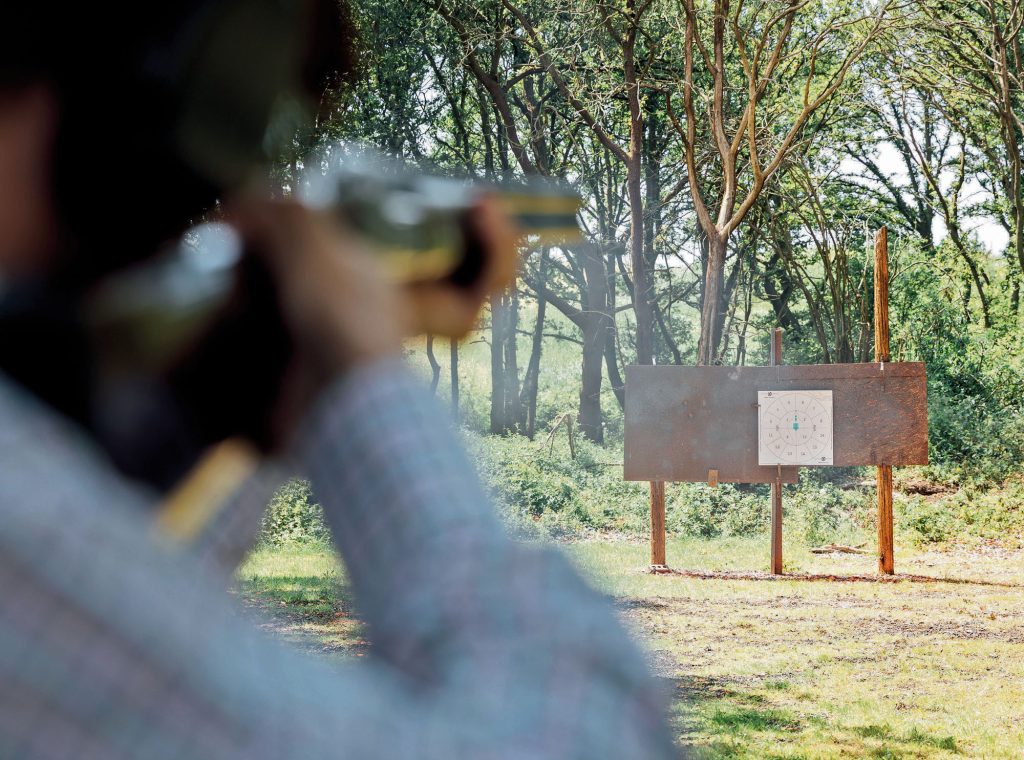Beretta 687 Silver Pigeon III – test & review
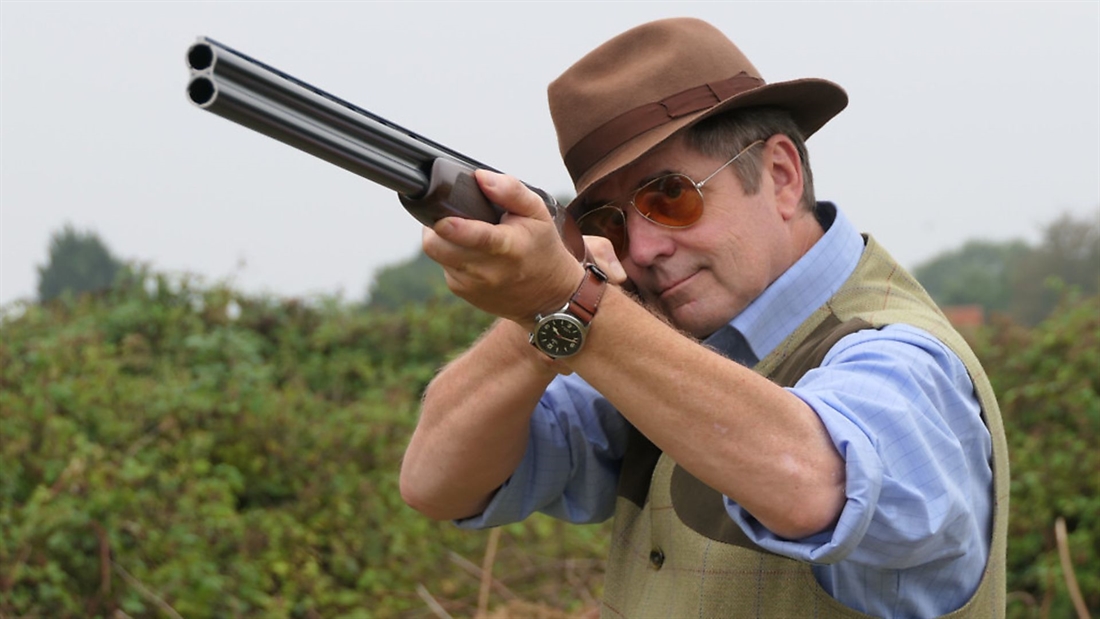
Mike Yardley was one of the first to get his hands on the new Beretta 687 Silver Pigeon III – the most recent evolution of this iconic Italian gun
BRIEF OVERVIEW – Beretta 687 Silver Pigeon III
WE LIKE: The consistent Beretta quality; The well evolved form and specification
WE DON’T LIKE: The balance is a little forward; The modernistic, rounded borders to chequering panels
RRP: £2,245 (adjustable stock coming soon at £2,575)
TECH SPECS – Beretta 687 Silver Pigeon III
* Bore: 12 (20 available too next year)
* Action type: Trigger Plate, with bifurcated lumps, stud pin hinging and conical locking bolts
* Barrels: 30” (28” option)
* Chamber 3” (76mm)
* Proof: Steel shot friendly with chokes half and under.
* Chokes: Optima Multichoke
* Weight: 7.6 lbs
* Rib: Narrow, ventilated
IN-DEPTH TEST & REVIEW – Beretta 687 Silver Pigeon III
I dread to think how many Berettas I have tested over the years; it certainly runs into the hundreds. Nevertheless, when a new gun appears, I am, as you might expect, most interested to try it. I like Berettas, I own a number myself, I know their history and I have been to the factory at Gardonne half a dozen or more times including a visit last year. It is always impressive to see this massive industrial concern and it’s evolving manufacturing methods. On both R&D and production, they have become extraordinarily sophisticated – Italy has led the way with computerised gun manufacture.
Beretta, meantime, the world’s oldest gunmaker, make an incredibly durable product. In my experience, their shotguns go on almost forever even when subjected to hard use and neglect. If they do break down (which isn’t common) or wear, they are usually easy to put right. The major bearing surfaces in a Beretta action are quickly replaceable by any competent gunsmith. The hinge pins and the conical locking bolts are available in a variety of over-sizes to facilitate this. And the guns, no matter the grade, are all made with first-class materials (which are constantly checked by the in-house laboratory to ensure consistency).
So, time to the look at the test gun. The latest incarnation of the Silver Pigeon III is a field model with 30” barrels and a 6mm vented rib hitting the scales just over 7½ lb. It is distinguished primarily by smart new game scene engraving (a pheasant on one action wall, a partridge on t’other with scrollwork on the belly) – and the wood on the test gun seemed particularly good. I also liked the field-style fore-end without schnabel (I believe Beretta once called this the American fore-end). The grip was good too. It could be my imagination but it felt just a little fuller in the hand than some Silver Pigeons and better for it. I also liked the profile of the comb, which is neither too slim nor too thick.
The only thing I didn’t especially like on the woodwork were the laser-cut chequering panels. The chequering was fine, but I prefer traditional borders to modernistic ones with asymmetric, rounded borders. The overall aesthetics, however, are pleasing. I think the designers have got it about right.
The dry handling of the gun is good as well, although the balance is distinctly forward – about an inch in front of the hinging point – a little more than my preference. I would be tempted to put an ounce of lead in the butt under the easily removable, radiused MicroCore pad (a 15mm one is fitted, but there are, usefully, 10, 20 and 25mm options to reduce or extend length available). Otherwise, there are few surprises when you look beyond the cosmetic changes.
The barrels on the test gun – as all modern Berettas – are made on the monobloc system from chrome-moly steel. They have 3” (76mm) steel-shot-friendly chambers. The 2½” (65mm) and 2¾” (70mm) shells that we use most often still will mass through them happily. They bear Italian proofmarks struck in Beretta’s in-house branch of the Italian proof house. The gun is equipped with Optima flush-fit multi-chokes; at 70mm, these are longer than the old Mobils (51mm). The bore size is a little more open than many older Berettas at 18.5mm.
Workmanship and finish, meantime, are excellent as one expects from the marque. I liked the fact the joining ribs went all the way back to the monobloc. If I was to be really picky, I might note that the narrow ventilated rib might be dented more easily than a hollow ‘solid’ type, but there is a longer solid section rearwards now.
The stock of the new 687 was made from a good bit of walnut with a new oil-like finish as noted. This is well applied and I especially liked the fact that the wood was not too light and that the grain seemed to be well filled. This well-conceived stock is 14¾” long and finished off with one of the new Beretta MicroCore pads as mentioned. These are made from a lightweight material that absorbs recoil efficiently but is not too sticky; the butt sole does not catch on clothing on its way up to the shoulder. The drop – the height of the comb – is listed as 35 and 55mm. I measured on the test gun as a whisker under 1½” at the nose of the comb (57mm) and 2¼” at heel (actually measured on the test gun at 57mm). I thought this just a little low for Mr Average. I could lose the bead when dry-mounting at 45° upwards. It is, however, higher than many Beretta stocks (my preference is always for a little too high than a little too low).
Technical
The design has evolved over 50 years since the model 55 was first introduced after WWII, and it is one of the best over-and-under mechanisms yet created. The most obvious things that have changed in the last half century are that helical springs have replaced V springs to power the hammers, and gas vents have gone from the breech face.
The gun is built on a trigger plate as are all Beretta 600 Series guns. Its low profile is achieved by stud pin hinging instead of the full-width pin seen in a Browning, and other guns which imitate it. Bifurcated lumps and trunnion hinging have, however, become the norm with most makers now. The Turks for example, who had been copying Brownngs in this respect, now seem to be making more Beretta-style guns. The test gun has the usual conical bolts engaging with circular bites on the front of the monobloc.
It’s a marvellous, strong design, most elegant in concept. It was probably designed originally with economy of mass manufacture in mind, but it has become a classic itself.
Shooting impressions
No unpleasant surprises here. The gun shot well. It’s a Beretta, one expects it to shoot without major vices. It is a little on the heavy side – no bad thing if you don’t like recoil, but the weight of the Beretta field guns does seem to have crept up a bit over the years (especially as far as their barrels are concerned). Perhaps Beretta will address this in the future. Meantime, I am especially fond of their 30” 20-bores for field use (and a 20-bore version of this gun is expected next year). As far as the test gun is concerned, recoil with Lyalvale Express 24g Super Lights (my usual test fodder) was modest. The single trigger worked well (even with the light loads). Everything else worked as it should. My only functional quibble concerned the small barrel selector – which I always find a little fiddly – and the safety, which is quite stiff. Overall the 687 scores highly, though. This is a nice gun, not insanely expensive, and its looks and wood finish have been significantly improved. The action is especially smart with the attractive new engraving and matt ‘silver’ (nickel-plated) finish. The specification is good. The latest Silver Pigeon III would be ideal for someone who wants to use the same gun for game and clays. It’s weight and proof would make it a useful wildfowler too.
My thanks to Lyalvale Express for supplying the Super Light cartridges used in this test.

